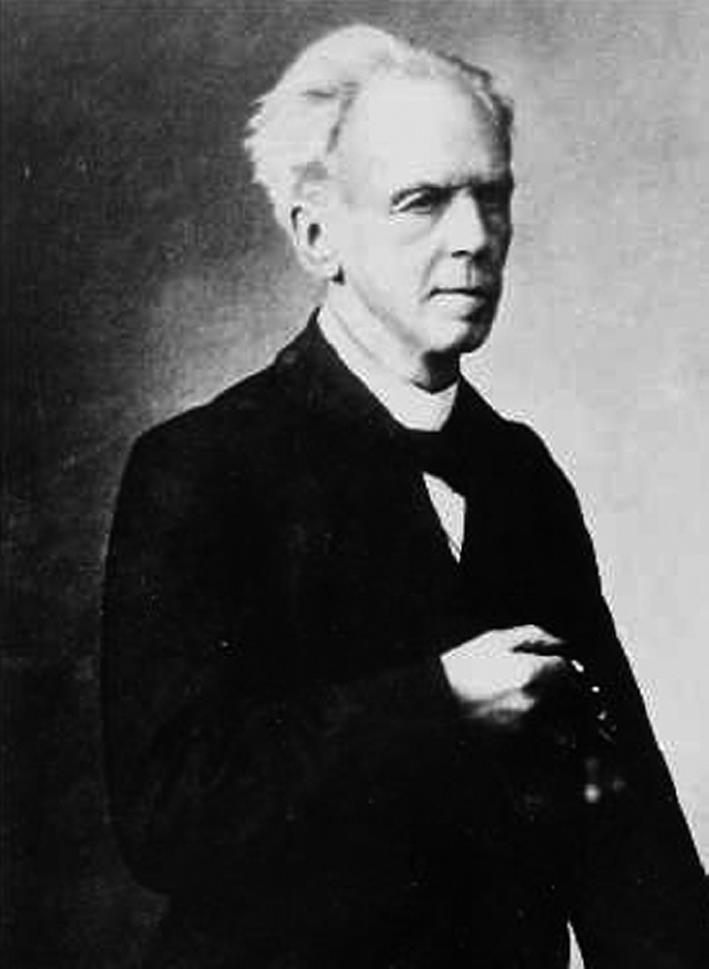Copyright
©2013 Baishideng.
Figure 8 Ernst Neumann (1834-1918).
Ernst Neumann was born in 1834 at Königsberg, capital of eastern Prussia, as great son of Karl Goofried Hagen (professor of chemistry and pharmacy) and son of Franz Ernst Neumann (a pioneer in the mathematical physics). In 1850, he enrolled at the famous university of Königsberg (Albertina). In 1855, he took his doctors advice degree. After studies in Prague, Berlin (under Rudolf Virchow) and Königsberg, he became a lecturer in medicine in 1859. He got interested in the rising field of pathological anatomie and was appointed professor of pathology at Königsberg in 1866. He described the presence of nucleated red blood cells in bone marrow sap of humans and rabbits obtained by squeezing bones. He was the first to conclude that during postembryonic life, erythropoiesis is taking place in bone marrow. Further studies pointed to the fact that leukocytes are also formed in the bone marrow. He postulated a common stem cell for all hematopoietic cells. He later was made Geheimer Medicinalrath - privy medical councellsor, and received honorary doctorate from the universities of Tübingen and Geneva, in 1898 and 1915. He died in 1918.
- Citation: Thomas X. First contributors in the history of leukemia. World J Hematol 2013; 2(3): 62-70
- URL: https://www.wjgnet.com/2218-6204/full/v2/i3/62.htm
- DOI: https://dx.doi.org/10.5315/wjh.v2.i3.62









